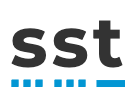The following are some examples of topics we offer for Bachelor's and Master's theses. If you cannot find a suitable topic but would like to work on something related to data science, machine learning, or statistical signal processing, with applications in mobile communications, neuroscience, or medicine, please talk to us.
Übrigens: Wir schreiben unsere Themen generell auf Englisch aus. Sie dürfen Ihre Abschlussarbeit bei uns aber auch gerne auf Deutsch schreiben.
Interpretable machine learning techniques for medical data
suitable for: Bachelor's or Master's students
Prerequisites: Basic knowledge of machine learning, experience with Python and Tensorflow.
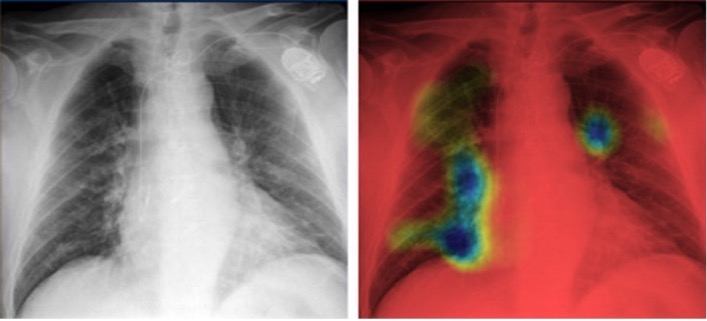
Harsh Panwar et al. https://www.sciencedirect.com/science/article/pii/S0960077920305865
Contact: Maurice Kuschel
Machine learning algorithms have become state-of-the-art in various sorts of prediction and classification tasks. However, their inexplicable behavior poses problems in applications where thorough understanding and accountability of the decision-making algorithm are needed. One such field is that of medicine and diagnostics. Even though an algorithm might be able to accurately diagnose patients based on their health data, the responsible practitioner would like to understand the reasoning behind a prediction to validate the result. Therefore, it is crucial not only to develop accurate machine learning, but also to focus on interpretability and transparency.
The goal of this thesis is to develop and evaluate state-of-the-art methods that explain a decision of a machine learning algorithm. For example, there already are methods like GRAD-CAM [Selvaraju et al., 2017] and Integrated Gradients [Sundararajan et al., 2017] that visualize the attention of a neural network, as well as related variants for time-series data. The focus can be either on image datasets, for example X-Ray images, or wrist-band sensor data. The scope of the thesis can be adjusted according to your prerequisites.
Multimodal machine learning for seizure prediction using wearables
suitable for: Bachelor's or Master's students (with adjusted scope)
Prerequisites: Knowledge of machine learning/data science/statistical signal processing, and
programming experience with Python
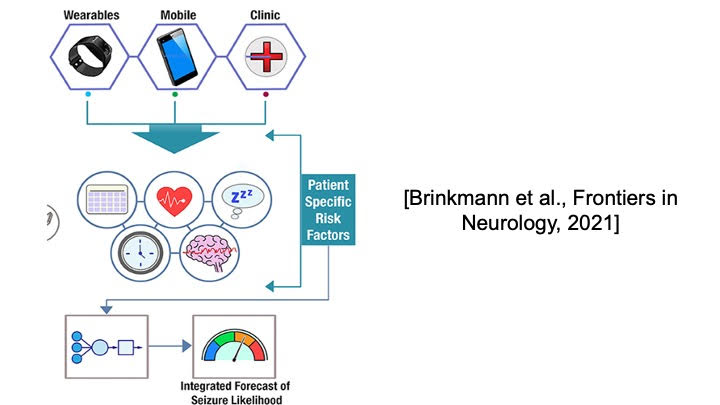
Image Credit: Brinkmann et al., Frontiers in Neurology, 2021
Contact: Tanuj Hasija
Epilepsy affects more than 50 million people in the world, with around 2.7 million people affected in Germany alone and is the most frequent chronic neurological condition in children. Epilepsy presents with abnormal brain activity known as seizures, which can not only cause unconsciousness, physical injury, and cognitive disability but can also lead to sudden death. The unpredictability of these seizures stands out as the most crucial aspect highlighted by people living with epilepsy.
Affordable wearable devices, like smartwatches, gather data from various sources such as heart rate and sweat activity. These devices present a promising potential compared with expensive and cumbersome electroencephalogram (EEG) devices.
This thesis aims to develop a novel technique that collects wearable data and provides a likelihood of an impending seizure. The algorithm will be based on multimodal machine learning, where low-dimensional and highly interpretable features containing seizure-related information are jointly learned from complex multimodal data sets. This thesis will be carried out in a collaboration with the Harvard Medical School and Boston Children’s Hospital.
An effective seizure prediction has a potential to save lives by enabling improved treatment of seizures and improve the quality of life of millions of people.
Tensor Decompositions for classification of patients with epilepsy and healthy controls based on medical data
suitable for: Bachelor's students
Prerequisites: Knowledge of linear algebra. Experience with MATLAB or Python is helpful.
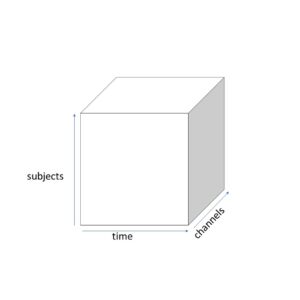
3-dimensional tensor with 3 modes: subjects (i.e., patients), time, channels
Contact: Isabell Lehmann
More than 65 million people worldwide, which is nearly 1% of the world population, suffer from epilepsy. Epilepsy is a disease that causes uncontrolled seizures, which are sudden voltage discharges in the brain. These discharges can cause changes in behavior, movements or feelings, and in levels of consciousness. Under physical exhaustion, people with epilepsy (PWE) show an increased risk for cardiac death. Since the heart is under direct control of the brain through the autonomic nervous system, this thesis aims to investigate whether the brain reacts differently in an exhaustive exercise situation for PWE compared to healthy controls.
The goal of this thesis is to detect exercise-related patterns that differentiate between PWE and healthy controls using statistical signal processing and machine learning techniques, in particular, tensor decompositions. Tensors are multidimensional arrays, which preserve the higher-dimensional structure of the data. For example, time-series data collected from different subjects and channels can naturally be stored in a 3-dimensional tensor (see figure on the left). If meaningful patterns are found during the analysis, they can be used as features for classifying PWE and controls using machine learning techniques.
Interference management in wireless communication
suitable for: Master's students
Prerequisites: Knowledge of wireless communications and mathematical tools, i.e., linear algebra and/or optimization methods is required. Depending on your background, scope and focus of the task can be adjusted. Some prior experience with MATLAB is also expected.
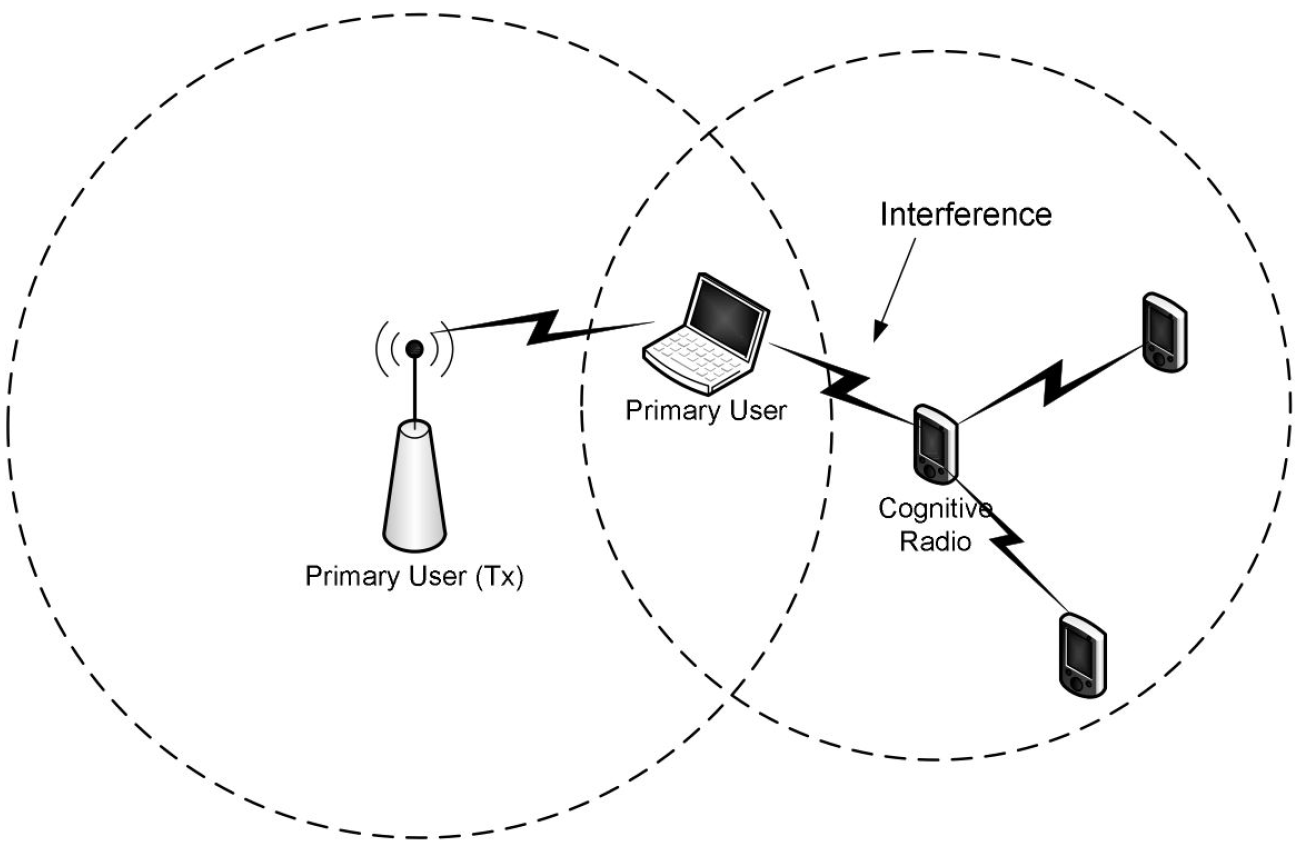
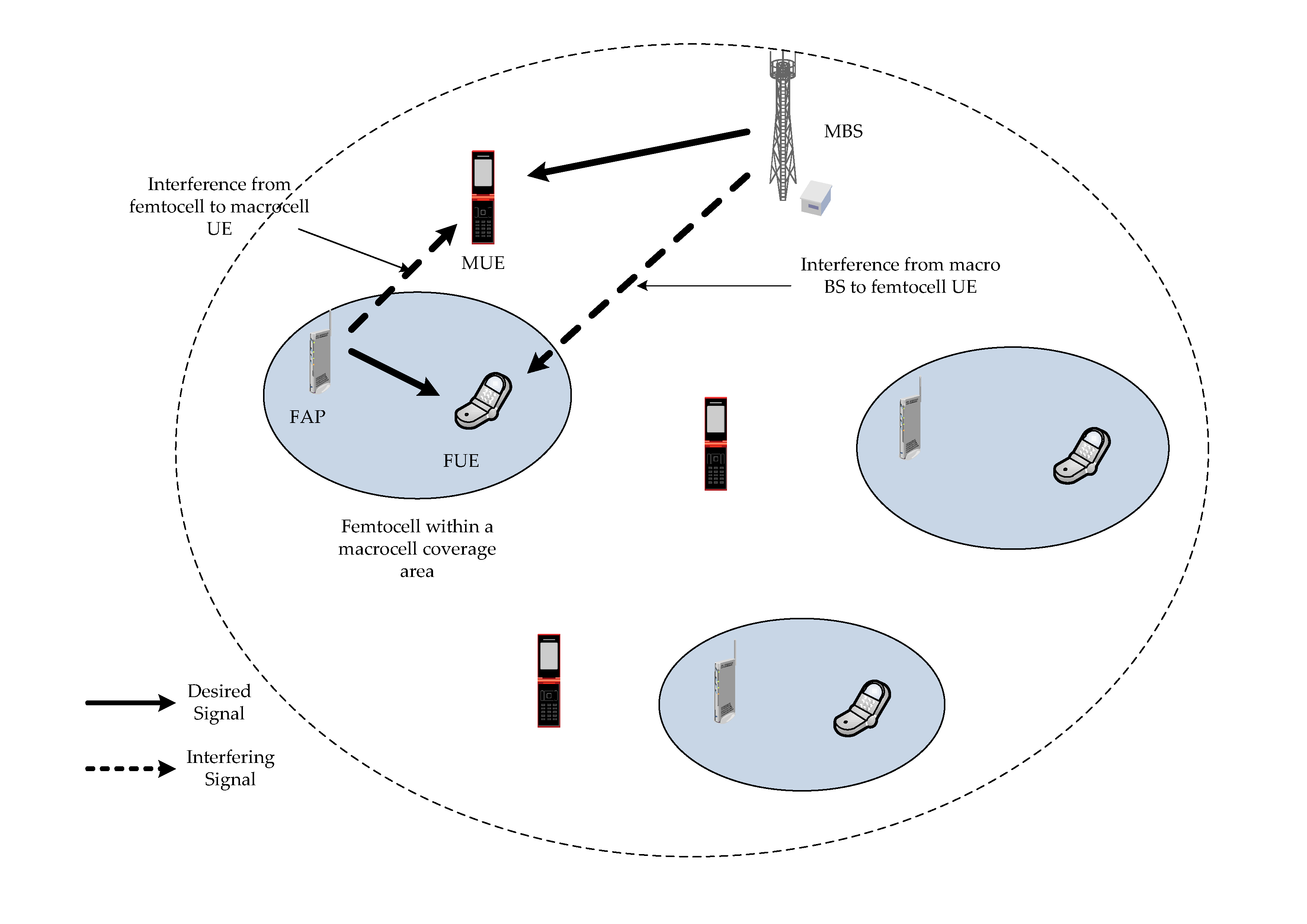
Image Credit: Zahir, Talha, et al., IEEE Communications Surveys & Tutorials (2013) and Yucek, Tevfik, and Huseyin, Arslan, IEEE Communications Surveys & Tutorials (2009)
Contact: Mohammad Soleymani
Interference from other transmitters is the main bottleneck for most wireless communication systems, which are called interference-limited systems. Due to the bandwidth shortage, these systems must tolerate some interference in order to enhance the spectrum usage. There are different approaches to handle interference in wireless systems. Among them is employing improper signaling. In improper signals, the powers of the real and imaginary parts are not equal, and/or there is correlation between the real and imaginary parts of the signal. The capacity-achieving signal in traditional systems is a proper signal; however, it has been shown that improper signaling can increase the rate in interference-limited systems.
In this thesis, you will study the performance of an interference management technique in a wireless communication system. To this end, we first define a scenario in which the system is interference-limited. For instance, we can consider an underlay/overlay cognitive radio (CR) system. In CR systems, licensed or primary users (PU) share the spectrum with unlicensed or secondary users (SU) under the constraint that the PU's communications are not affected by the SU's transmission. In such system, we should design the transmission strategy of SU to get the desired system performance. Moreover, different transmission techniques (e.g., OFDM and single carrier) can be considered in the thesis. You will consider different interference management techniques including improper signaling and interference alignment. Then, you will optimize the performance of the defined scenario by analytical tools. Finally, you will evaluate your results by simulations using MATLAB.
